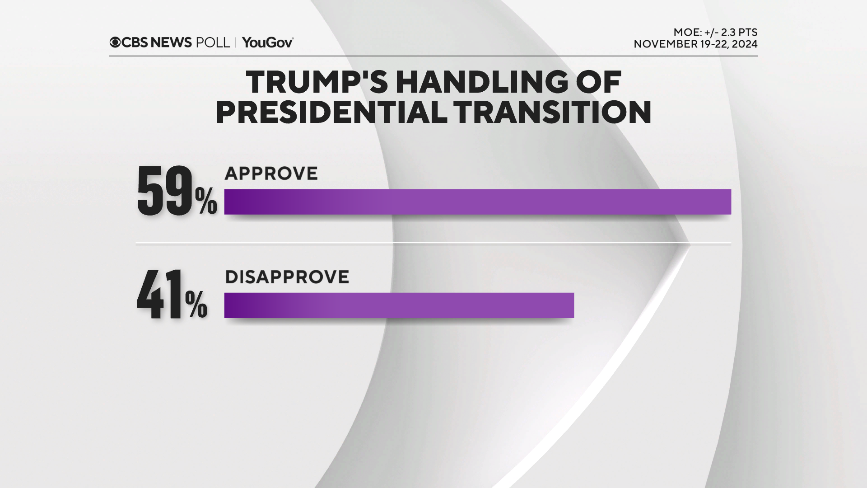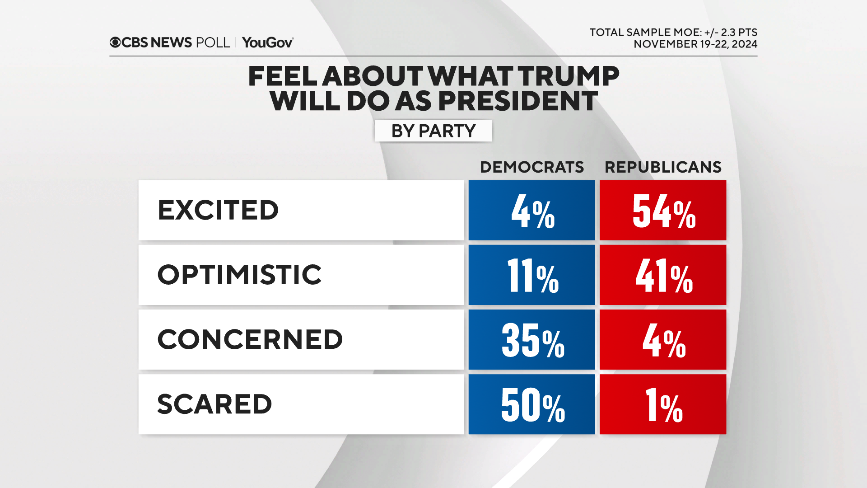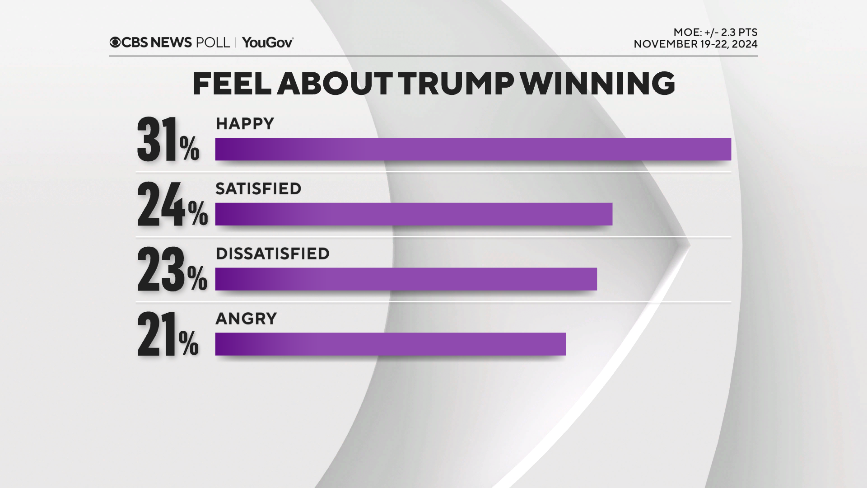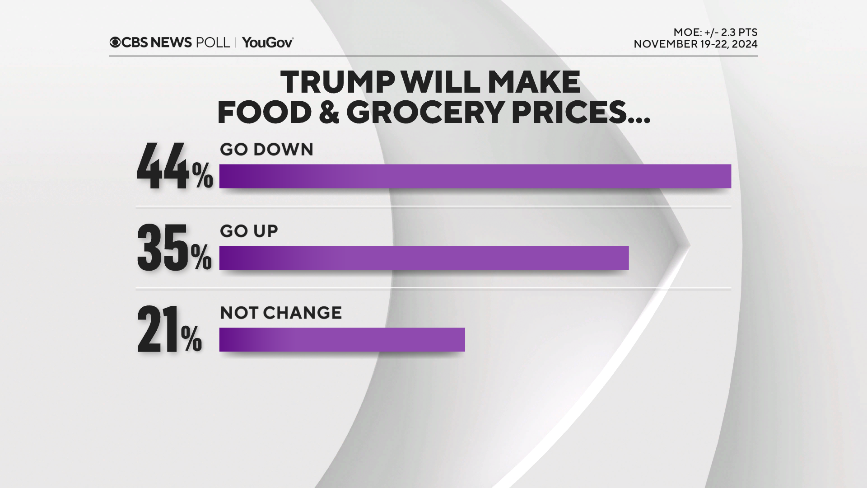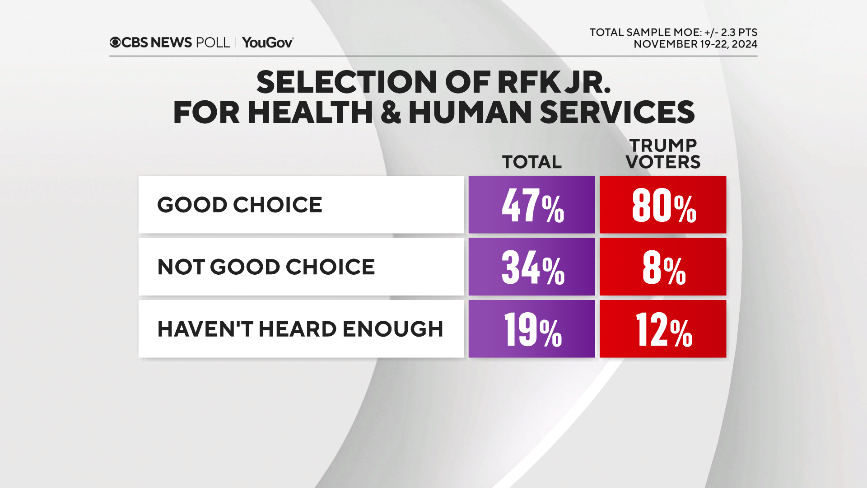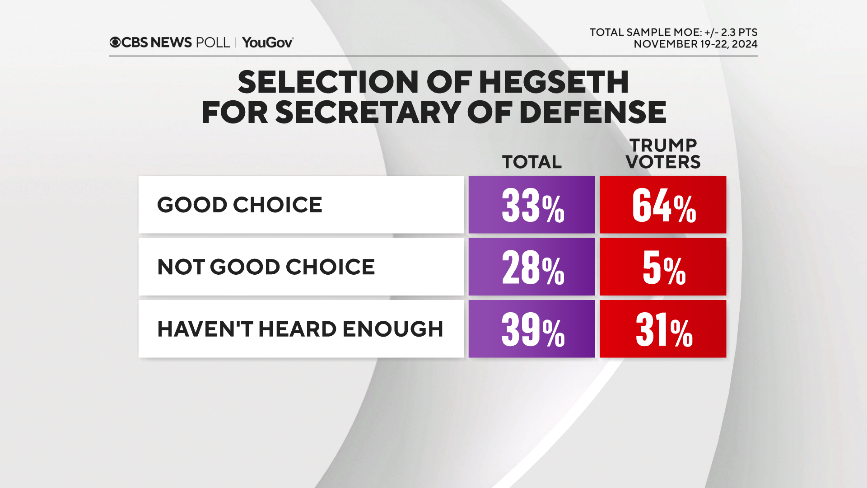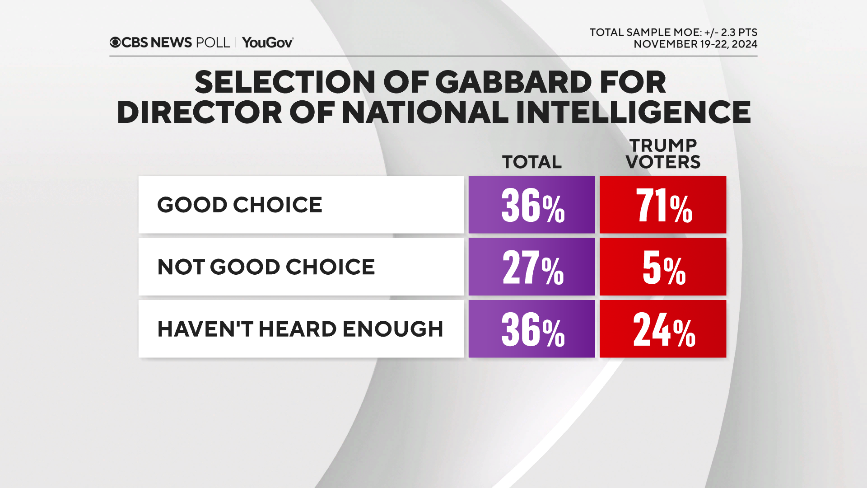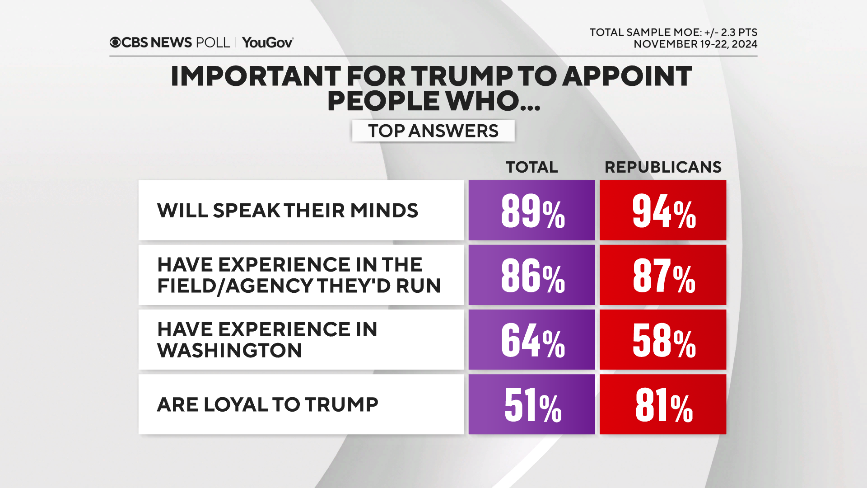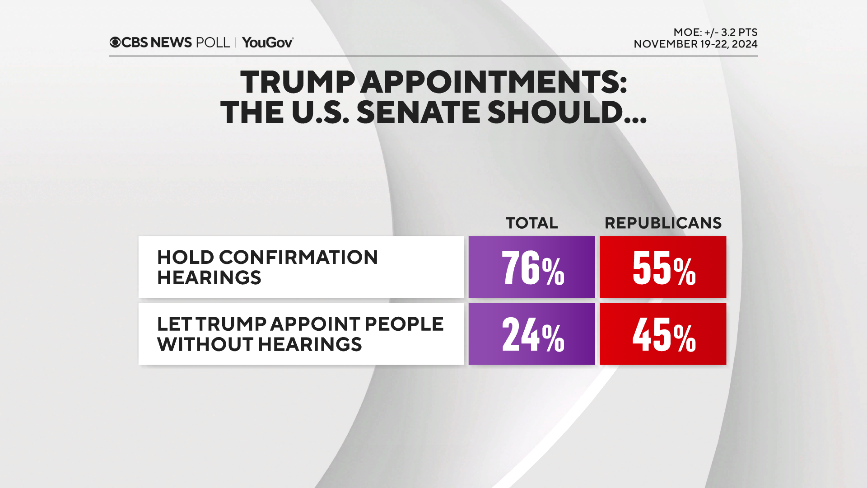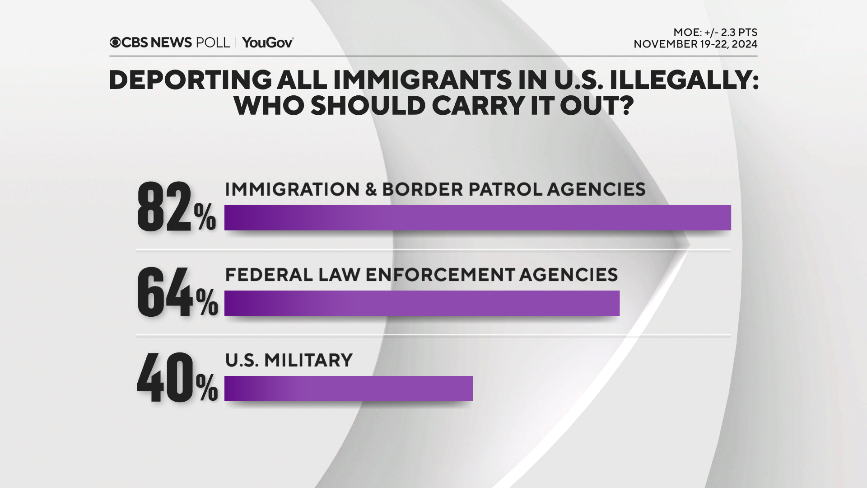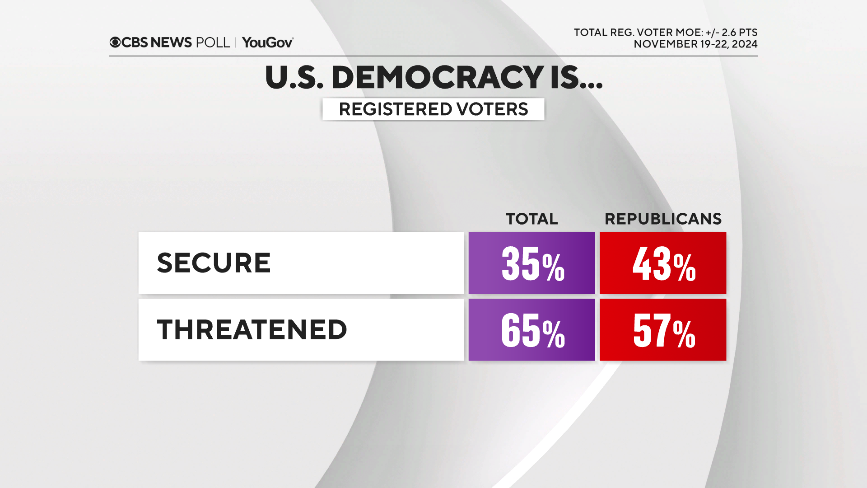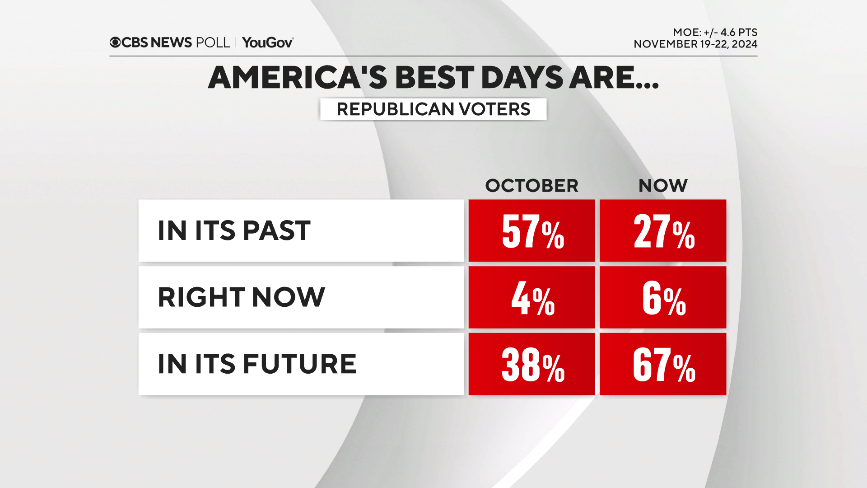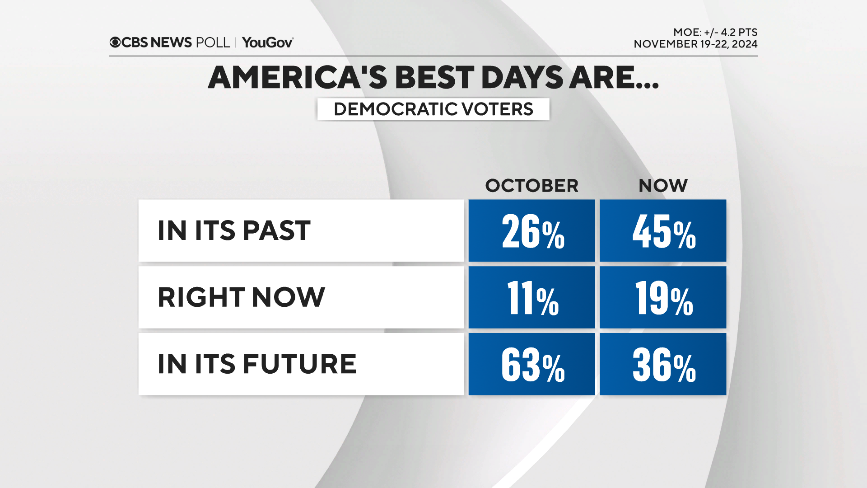CBS News
How much would a $10,000 home equity loan cost monthly now that rates are cut?

Getty Images
The federal funds rate is on the decline again. And that’s good news for borrowers of all types, particularly those who are considering accessing their existing home equity. While the Federal Reserve’s actions (or lack thereof) influence borrowing products in different ways, there’s a greater influence on home equity loan interest rates than, for example, mortgage rates.
That means home equity loan rates, while not falling in direct relation to the federal funds rate, are generally on a decline right now. With the average homeowner also in possession of around $330,000 worth of equity, this combination of low rate and high equity makes it an attractive way to borrow money in today’s unique economic climate.
Still, the home serves as collateral in these borrowing circumstances. To avoid losing it, then, borrowers must calculate their potential costs in advance so they know what they can afford, even if they’re deducting a minimal amount like $10,000. But, how much would a $10,000 home equity loan cost monthly now that rates are cut? That’s what we’ll calculate below.
See how low of a home equity loan rate you’d be eligible for here.
How much would a $10,000 home equity loan cost monthly now that rates are cut?
Finding a home equity loan for just $10,000 may be difficult as some lenders won’t offer loans in that low of an amount. But others may, with $10,000 being the typical minimum, according to Experian. Here, then, is what a $10,000 home equity loan would cost now that rates have been reduced, tied to two common repayment periods and the rates those periods come with:
- 10-year home equity loan at 8.50%: $123.99 per month
- 15-year home equity loan at 8.42%: $98.01 per month
So while the 15-year option comes with payments that are more than $25 cheaper each month, it will require another five years’ worth of payments. And the difference in total interest paid between the two loan amounts is stark – $7,641.00 for the 15-year home equity loan versus $4,878.28 for the shorter one (a difference of $2,762.72). Weigh the payments carefully against each other, then, to determine which is most cost-effective for your financial situation.
Get started with a low-rate home equity loan online today.
How much cheaper are home equity loans now?
Not sure if now is the right time to open a home equity loan? Comparing the costs of acting now versus what was available earlier this year can help answer the question.
Home equity loan rates in May 2024, for example, were averaging 8.79%. While that higher rate resulted in just a slightly higher monthly payment compared to what’s available now, the interest over the life of the loan was a bit more substantive: $5,065.05 over the 10 years versus $4,878.28 now (a difference of around $187) and $8,032.62 over the 15 years versus $7,641.00 now (a difference of around $392).
So you’ll need to weigh these cost savings versus what may (or may not) be available shortly. For some borrowers, it could be worth waiting while others may want to apply for a loan now (and use the interest tax deduction they may be eligible for when they file their 2024 return in the spring).
The bottom line
A $10,000 home equity loan comes with monthly payments between $98 and $124 now – lower than what they were earlier this year but perhaps not quite as low as they could be if borrowers delay action. So weigh the pros and cons of acting now to determine which path is best for you and remember that today’s low rates will only apply to those borrowers with excellent credit, so if you don’t have a great score, it may behoove you to start working on that first.
CBS News
Good enough to eat: Noah Verrier’s paintings of comfort food

Watch CBS News
Be the first to know
Get browser notifications for breaking news, live events, and exclusive reporting.
CBS News
A study to personalize nutrition guidance just for you

Watch CBS News
Be the first to know
Get browser notifications for breaking news, live events, and exclusive reporting.
CBS News
CBS News poll finds Trump starts on positive note as most approve of transition handling

President-elect Donald Trump’s incoming administration starts off with mostly good will from the public: a majority of Americans overall are either happy or at least satisfied that he won and are either excited or optimistic about what he’ll do as president.
Trump’s handling of his presidential transition gets approval from most Americans overall and brings near-universal approval from his voters, along with a net-positive response about his selections for Cabinet posts, in particular, Sen. Marco Rubio, who is Trump’s pick to be secretary of state.
After inflation and the economy so dominated the election, Americans are more inclined to think his administration will bring down prices for food and groceries rather than raise them, and his voters overwhelmingly say that. Going into the election, his backers expected that, too.
In a similar vein, Trump’s election already has some Republicans’ views of the economy improving.
Overall, Republicans today are more excited about what Trump will do as president now than they were in 2016 when he was first elected.
Democrats say they feel more scared about what Trump might do than they did in 2016, and a large majority of Democrats think as president he will threaten their rights and freedoms. But at the same time, there seems to be a sense of exhaustion, as fewer than half of Democrats feel motivated to oppose Trump right now.
Americans, and Democrats specifically, do think the Biden administration should work with the incoming Trump administration to ensure a smooth transition, and that congressional Democrats should work with Donald Trump on issues where they find common ground.
Trump and the economy
After winning comes expectations. There’s a net optimism about the incoming administration’s effect on food and grocery prices, especially among Trump’s voters. That comes as most Americans continue to say prices are currently rising. And inflation was a big factor in Trump winning in the first place.
It may be no surprise then that among many potential items for the incoming administration, Americans say plans to lower prices ought to be the top priority.
The percentage of Republicans who call the U.S. economy good, while still low, has gone up, as the percentage who call it very bad has dropped. That pushes voters’ overall evaluation of the economy slightly higher than it’s been this year — and further spotlights how much partisanship, along with optimism, always plays into these evaluations.
Trump selections of Cabinet and agency chiefs for his administration
Trump’s current selections for agency heads and Cabinet picks get rated overwhelmingly as good choices from Trump’s voters, and are net-positive as selections among Americans who have heard enough about them to say. (Many have not heard enough yet.)
As a general rule, Americans want Trump to appoint people who’ll speak their minds and who have experience in the field or agency they’ll run. But in addition to those qualities, Republicans also want people who’ll be loyal to Trump.
A large majority of Republicans and Trump voters think Elon Musk should have at least some influence in the Trump administration. Americans overall are more split on that, largely along partisan lines.
Big majorities of Americans — and a slight majority of Republicans — would like to see the Senate hold hearings on his nominations, rather than let him make those appointments without it.
(Within self-identified Republicans, MAGA Republicans are relatively more inclined to say the Senate should skip the hearings.)
That sentiment holds whether or not people are told or reminded that the Constitution says the Senate should give advice and consent.
As a general matter, though, most of Trump’s voters and most Republicans do want Trump to have more presidential power this term than he did in his last. That sentiment is higher among Republican voters now than during the campaign.
Trump policies
On another economic front, Trump’s voters overwhelmingly favor the idea of tariffs: most of them don’t believe that will make prices higher. (For the third who believe tariffs will raise prices but support them anyhow, this is presumably a cost they’re willing to bear.)
For the public overall, opposition to tariffs goes hand in hand with the belief they’ll lead to higher prices.
As was the case with voters throughout the campaign, most Americans would, in principle, approve of a new mass deportation program.
If the Trump administration does start a mass deportation program, most of the public would have it carried out by law enforcement or current immigration agencies — most would not have the U.S. military do it.
Elections and democracy
The 2024 results have shifted Republicans’ views of U.S. democracy and also returned some confidence to their view of U.S. elections. Few Republicans suspect fraud in 2024. They overwhelmingly did about 2020.
Following Trump’s victory, there’s been an increase in the number of Republicans who say democracy and rule of law is secure, though most Americans continue to say it is not.
Looking ahead, there’s another shift along partisan lines. Throughout the campaign, Republicans said America’s best days were in its past, while Democrats felt they were in the future. These views are reversed now. After Trump’s win, most Republicans feel America’s best days are in its future.
This CBS News/YouGov survey was conducted with a nationally representative sample of 2,232 U.S. adults interviewed between November 19-22, 2024. The sample was weighted to be representative of adults nationwide according to gender, age, race, and education, based on the U.S. Census American Community Survey and Current Population Survey, as well as 2024 presidential vote. The margin of error is ±2.3 points.



